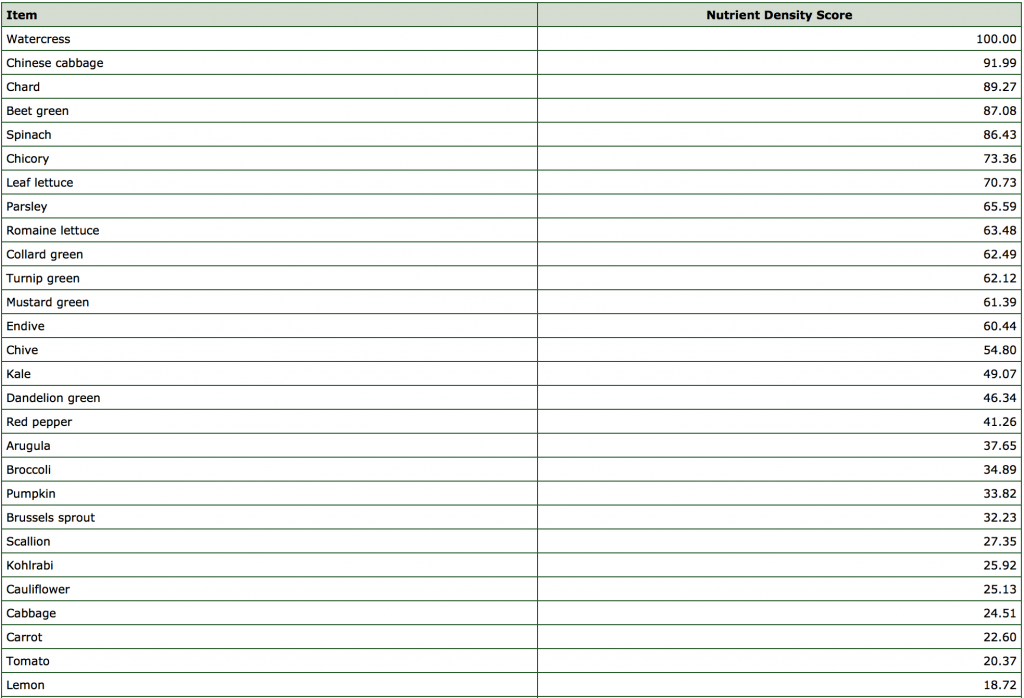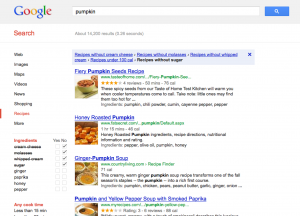 When you think of superfoods, do you think of… watercress?
When you think of superfoods, do you think of… watercress?
Probably not. But maybe you should.
We hear the term superfood a lot. We generally think of superfoods as those foods with a higher density of critical nutrients like vitamins and minerals. But as it turns out, no federal agency has defined the term superfood. In other words, marketers are free to use it on product packaging at their own discretion.
Marketers have successfully positioned chia, blueberries, kale, acia berries and the like as superfoods. But are they really the most deserving of that title?
A study by William Paterson University sought to shed some light on the situation. Using a 100-point scale, researchers evaluated fruits and vegetables based on their content of 17 nutrients including fiber, zinc, folate, vitamins A, B6, B12, C, D, E and K.
Their findings are quite surprising. At the top of the list was watercress, followed by Chinese cabbage, chard, beet green and spinach. Blueberries didn’t even meet the study’s criteria to qualify as a powerhouse fruit or vegetable.
Below are some of the fruits and veggies and their respective ratings.
While you might not be tempted to snack on a bushel of parsley, the ratings provide an objective approach for scoring the nutrient content of fruits and vegetables. The finds can also serve as a reminder to favor science over clever marketing.
P.S. For a simple and science-based approach to healthy (but delicious!) eating, download Davey Wavey’s Insanely Easy Guide to Eating Smarter!











